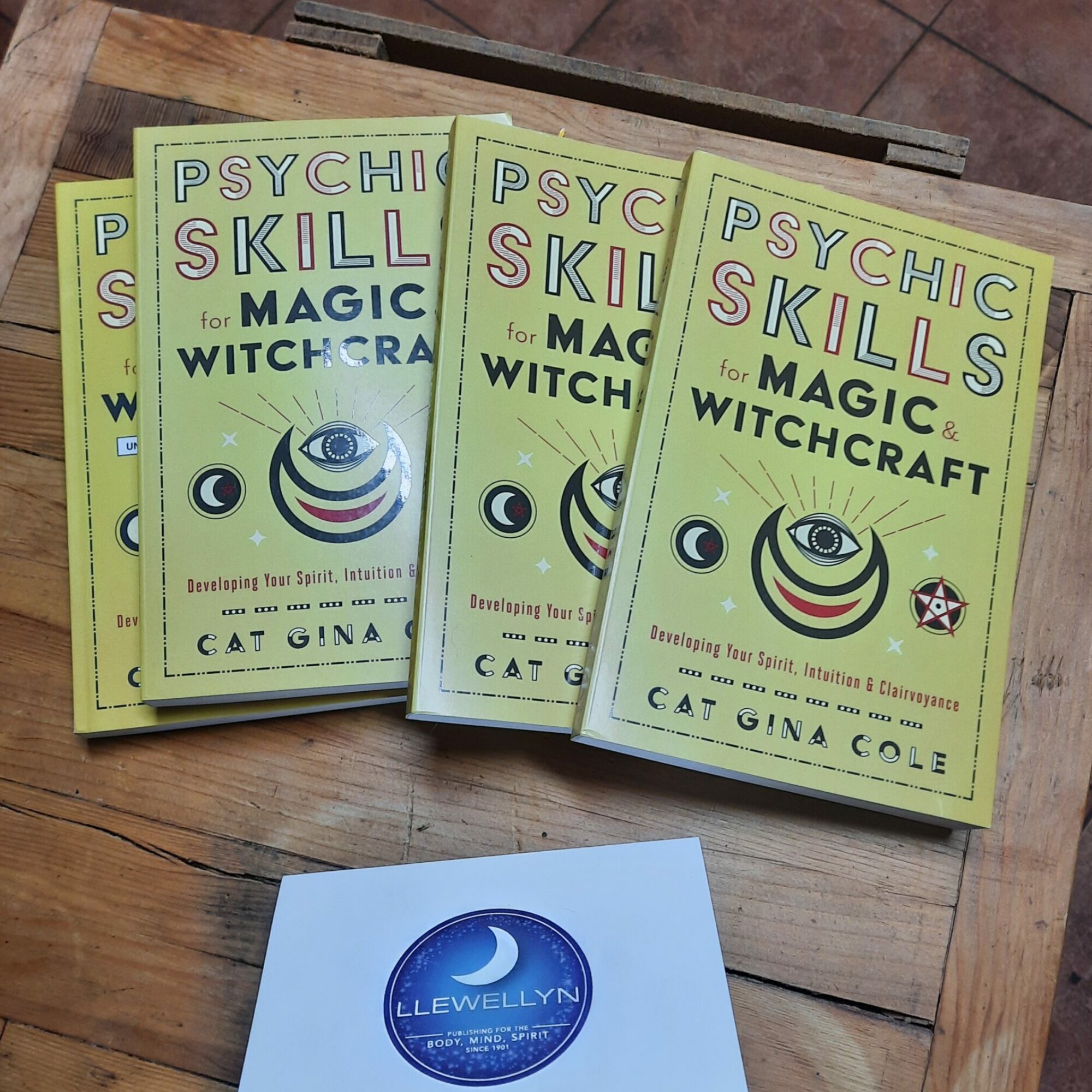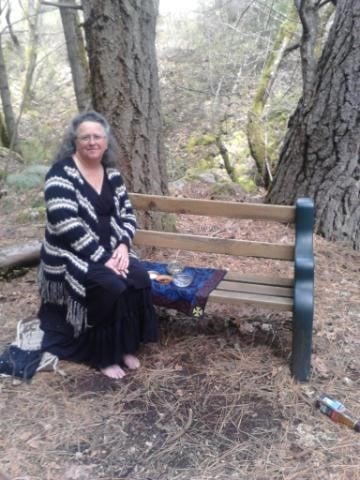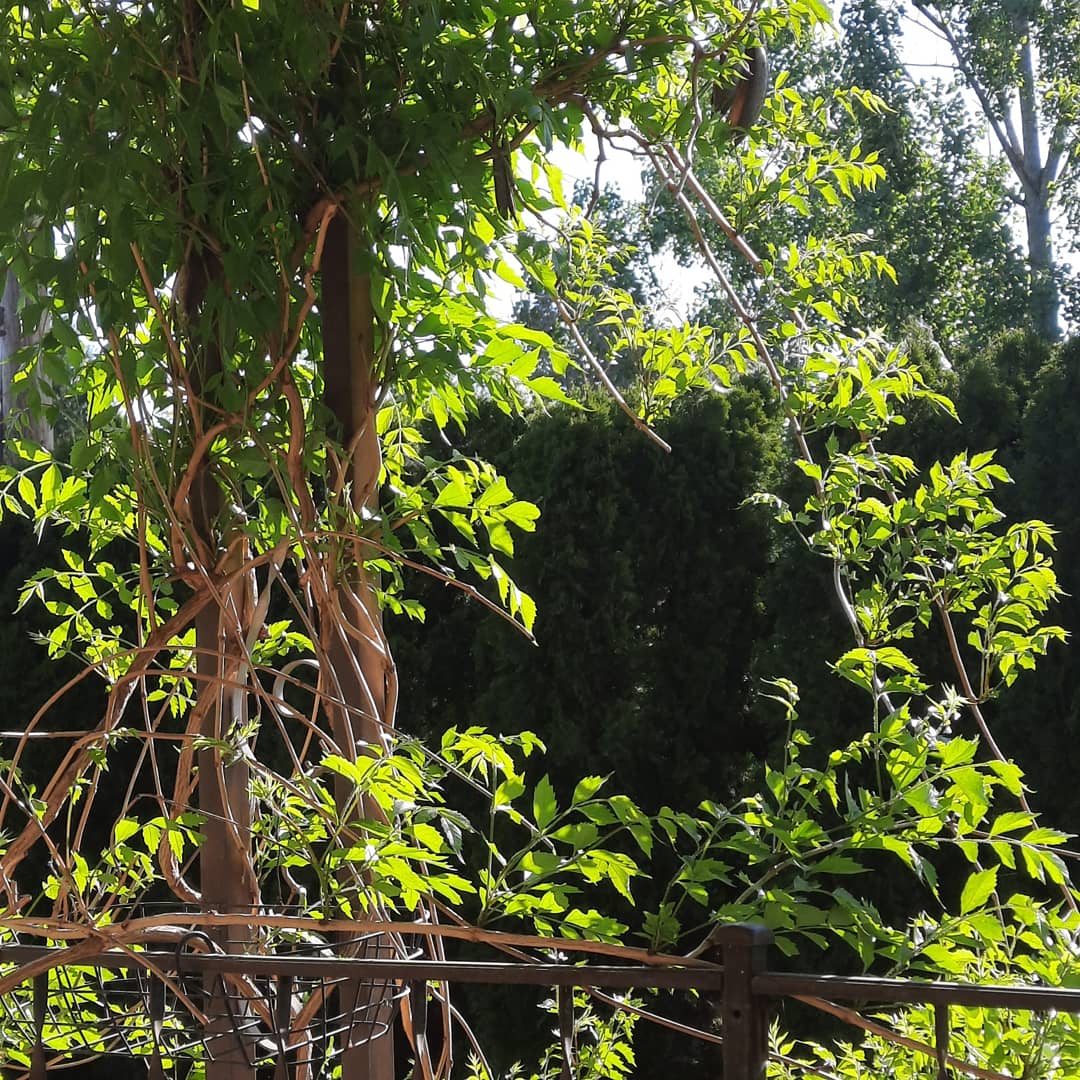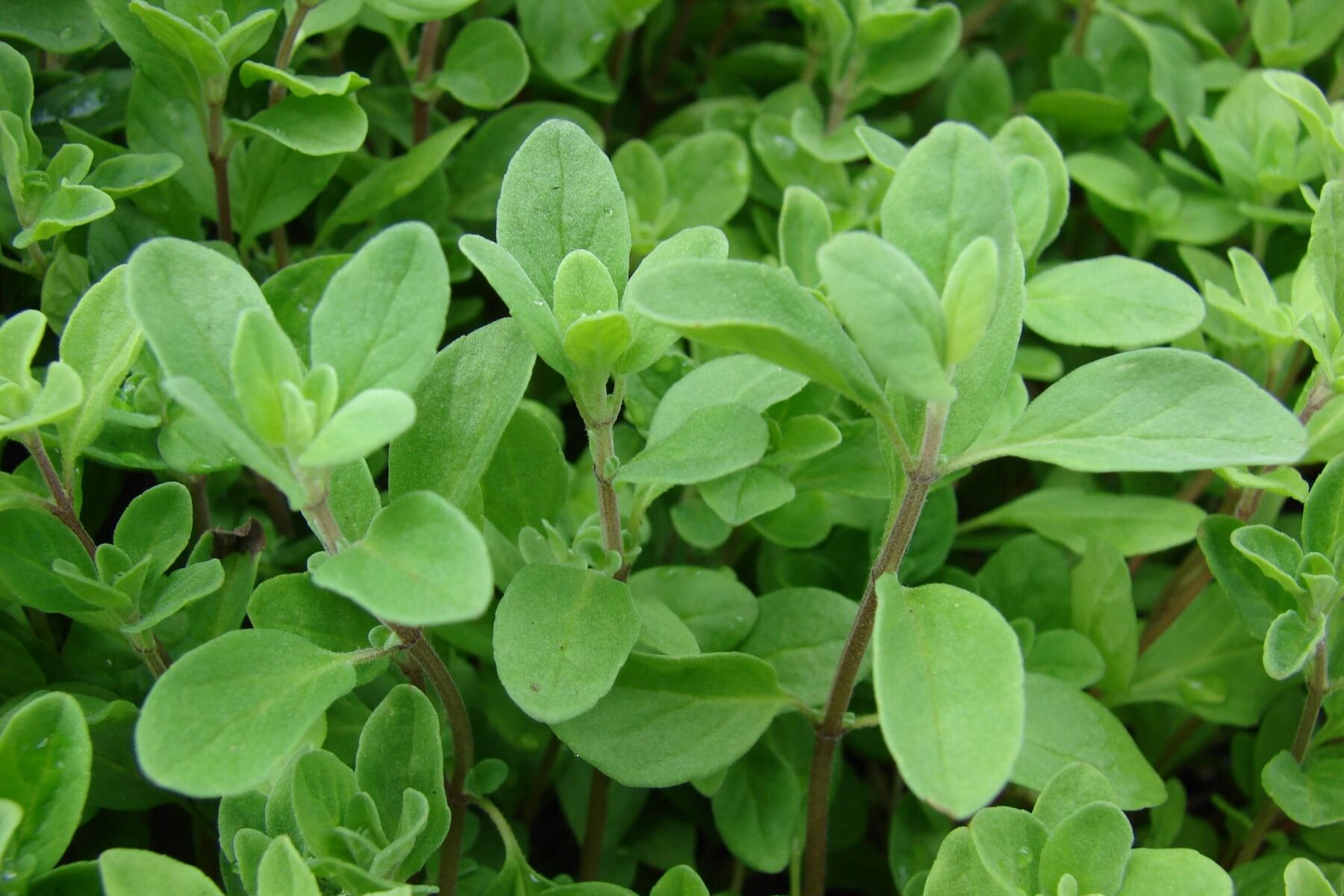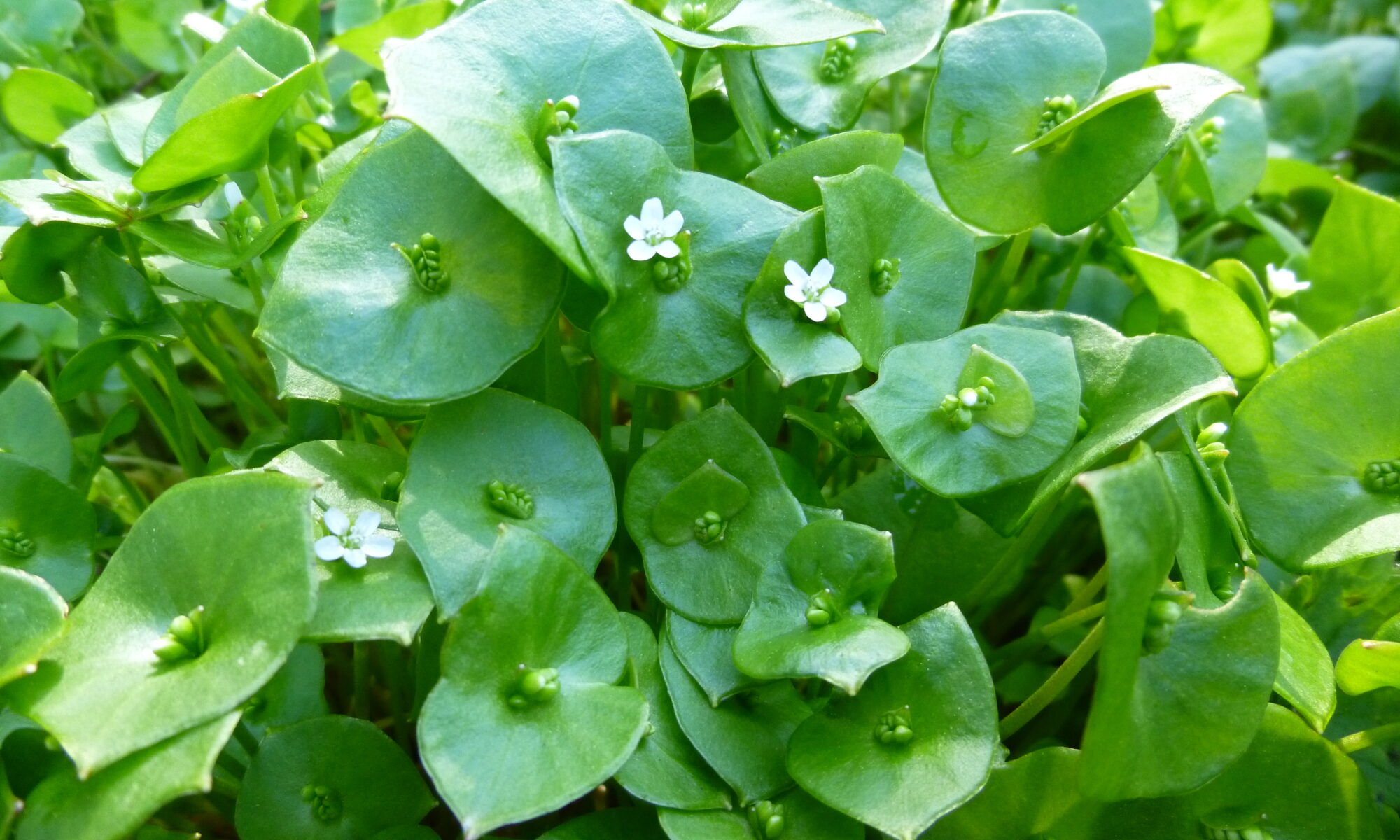With so much out on the internet in the world of paganism, how do you know who is legit and who is not? Who is knowledgeable about what you seek and who is not?
Well from what I have seen there are teachers, practitioners, and authors who are all over social media and using it to its fullest. Some push too hard and like a used car salesman you can hardly open a platform without seeing them and their wares. Those are what I call the commercial public pagans. Now there is nothing wrong with making money from what one does, we all want to make a living, myself included. It is a difference of quality VS quantity. From what I see from some of the commercial public pagans is that they are mostly online rather than out in their local community, other than large events.
Dare I suggest it is the ones you do not see so much of that should be sought out? You know who they are. The ones who quietly answer a question or two in your groups and stay out of the main conversation. They are the ones that stick to their lane, meaning: they do not try to be everything to everyone or portray themselves as having all the answers. Many of them have websites, stores, blogs, or classes that focus on the local area but are not overblown and slick. They are typically the ones you see presenting at the local pagan faire whose names you are not familiar with that also vend at said faire. That tarot reading you got from some cool old lady you are not familiar with, just may have been a very prominent priestess in her time who wrote several very good books. So it pays to look up someone’s name now and then.
A good friend of mine says one way to tell quality over quantity is to see what they are trying to sell to you. And how they go about it. Ask yourself are they flashy or pushing their wares? Does what they offer sound too good to be true? or are they quietly willing to be real with you? Are they charging a large fee? or just a basic fee? Does what they offer match their credentials?
Then one has to ask how do you see or find the quiet ones? In social media, you have to look past the flash. If someone left a practical comment and you have seen their name a few times, check out their profile, and any sites or other things they may have listed, it might surprise you!
It also depends on what you are looking for. If you only want information, cool. If you are looking for someone who lives what they teach and write and has credentials to match then you might want to take a closer look into that person’s profile and background to see if they are active in their community and available.
To help find some of the quiet ones I thought I would list those I find have quality over quantity.
Phaedra Bonewits has been a practicing psychic, witch, ritualist, and ceremonial magician for thirty years and is an early co-conspirator and a former national officer of CUUPS (Covenant of Unitarian Universalist Pagans) Phaedra is also a master of the Tarot, a reading from her is quite something.
Phaedra is currently active in her local community through The Coven of The Rising Phoenix and making presentations at local Pagan events as well as the Sacramento and Eugene Pagan Prides.
Books:Real Energy: Systems, Spirits, and Substances to Heal, Change, and Grow. Phaedra also recently co-edited Goodbye Jesus I have gone Home to Mother, with Oberon Zell, a book about seekers who have left the Abrahamic faiths and turned to Paganism, and wrote the forward to Psychic Skills for Magic and Witchcraft by Cat Gina Cole. Phaedra also has a Facebook page at: https://www.facebook.com/isaac.phaedra.bonewits Her books can be found on Amazon
Oberon Zell he and others laid the groundwork for the paganism we know today. Oberon Zell is the Dumbledore of our time and a modern Renaissance man. A transpersonal psychologist, metaphysician, naturalist, theologian, shaman, author, artist, sculptor, lecturer, teacher, and ordained Priest of the Earth-Mother, Gaia. Among the many projects he has undertaken in his lifetime, Oberon is one of the founders of the Church of All Worlds, is the first publisher of Green Egg Magazine, the Headmaster of the Grey School of Wizardry, the founder and curator of the Academy of Arcana. Those who know him well consider him to be a true Wizard in the traditional sense.
Oberon Zell currently resides in Redmond Washington where he continues to write and participates in the local community and travels to events at the age of 79. He is a real treat to get to meet in person. His recent books can be found at: https://oberonzell.com/books/ His sculptures and jewelry are available at https://oberonzell.com/
Aidan Kelly is an influential figure in the religion of Wicca. Having developed his own branch of the faith, the New Reformed Orthodox Order of the Golden Dawn, during the 1960s, he was also initiated into other traditions, including Gardnerian and Feri n subsequent decades. He has also been an important figure in the creation of the Covenant of the Goddess, an organization designed to protect the civil rights of members of the Wiccan community in the United States. He has also published academic work studying the early development of Gardnerian Wiccan liturgy, primarily through his controversial 1991 book Crafting the Art of Magic.
Later a friend asked him to write a ritual for a Witch sabbat as part of an art seminar. This ritual led to the founding in October 1967 of the New Reformed Orthodox Order of the Golden Dawn (NROOGD), which evolved into a Wiccan coven in 1969. Although humorously named after the famous Hermetic Order of the Golden Dawn, Kelly’s coven was otherwise unrelated to that group.
The NROOGD tradition co-founded by Kelly in 1969 continues to operate in California and has covens in other states, Canada and the UK. Aidan Kelly currently lives in the Tacoma Washington area and offers classes through his Facebook page at https://www.facebook.com/aidan.kelly.37 His books can be found on Amazon
Hexaba Theaux Is very active in her local community offering classes and running her store, Cajun Conjure Hoodoo Emporium, and teacher at http://www.cajunconjure.com/ Her Facebook page is https://www.facebook.com/hexeba.theaux-
Karen Walters and spouse Navar Knight have created an amazing Pagan community center at their shop at https://www.facebook.com/candlelightandconjure/ in Salem Oregon where they offer many classes, events, and witchy supplies. Their shop even features life-size Anubis and Bast statues that are quite impressive.
Katrina Rasbold and spouse Eric Rasbold own the Crossroads and Conjure shop in Northern California and it is quite a sight to see. They offer many classes and events and Katrina and her crew make many of the products sold there. Katrina holds live tarot readings from the crossroads page on Facebook and has a YouTube channel and participates in many of the events in her area and much more. Katrina has written quite a few books on Witchcraft and Conjure as well as The Seven Sisters of Avalon series, she can be found at: http://katrinarasbold.com/
Their shop can be found at https://www.facebook.com/crossroadsoccult Her youtube is at https://www.youtube.com/c/KatrinaRasbold Her books also be found on Amazon
Erika Fortner, owner of the Queen Meb store in Portland Oregon a very nice space that is well stocked. Many of her products are made by her and this witchy gal is the real deal. There is not much she cannot help you with. Erika offers classes in person and online at https://learn.thehouseoftwigs.com/ and her website is https://queenmeb.com/
Manora Fawn- She has a YouTube channel, Talking with Siofra where she discusses topics suggested by her followers in a very practical and down-to-earth way. She and her husband are active in their local community and often hold meet-ups and rituals on the Oregon Coast. They have been active in the Pagan community for many years and their wisdom shows.
Lupa Greenwolf, this is one busy Pagan! Her website shows how diverse her natural works are and that she has been at this for a while. Her talents include the reading of bones and bone artwork, The Tarot of Bones, she has written quite a few books and does online classes! She can be found at: https://thegreenwolf.com/
Janice Patterson Seidel Owner of the Dancing Gypsy in Klamath Falls Oregon. https://thedancinggypsy.net/ Her shop services a wide region of rural Oregon and features handmade items, an apothecary, and any other witchy item you might need. Janice is a master of pendulum work and often holds classes on many topics at the store as well as doing rituals in her local area. She can be found on Facebook at:
https://www.facebook.com/The-Dancing-Gypsy-a-space-for-spiritual-growth-259065377835065
Rachael Patterson, this is one amazing witch! I have watched her YouTube channel and love how she can make magic from common items, even eyeglasses. Rachael lives in the UK; she has written many books on witchcraft and runs a semi-private coven in her local community. She and her blog can be found at: https://www.rachelpatterson.co.uk/ Her books can be found on Amazon and Llewellyn Worldwide. Com
Catt Foy, talk about down-to-earth real folk, this gal is that and much more. Catt Foy is a writer, artist, photographer, author, organizer of the Meraki! Spirit & Arts Fair, and spiritual consultant living in Eugene Oregon.
Catt’s art includes paintings, fiber arts, wearable art, upcycled and original jewelry, and photography. Her recent publications include Rune Stones and Their Interpretations, a new guide to Psycards: An Oracle of Archetypes, a fun new Psycards Archetypes Coloring Book in black and white, and with color illustrations, and the historical novel, Bartleby: A Scrivener’s Tale. She can be found at, http://www.cattfoy.com/
Beverly Kennedy is truly one of the quiet ones on social media she does not employ any hype but check out her impressive pagan resume:
“I am an Honored Member of the non-profit, Temple of Witchcraft, Salem, New Hampshire, and attended the Mystery School of the Temple of Witchcraft, with Wiccan High Priest and author, Christopher Penczak. I have been a solitary practitioner of earth-based spirituality for the last 21 years. )O( Honored Literary Membership~Le Musee de Vampires et Monstres de l’Imaginaire, Paris Honored Membership~Temple of Witchcraft, Salem New Hampshire USA Order of Bards, Ovates and Druids~ *Bard* East Essex, England, UK Honored Member Tidewater Druids Norfolk, Virginia, USA Honored Member Ar nDraiocht Fein Certified Massage Therapist, 2001 Certified Master Facilitator Intuitive and Energetic Healing, 2002 Certified Reiki Master/Teacher 2002 Ordained Non~Denominational Minister 2005 Certified Angel Card Reader; Doreen Virtue, 2015 Certified Realm Reader; Doreen Virtue, 2016. She can be found at https://www.facebook.com/BeverlyKennedyEvanstar/about
Ruth Overholser is a gentle and wise soul. She studied natural medicine and makes all her own herbal products and she is the one I turn to when I need to know anything about herbs and medicine. Her small shop is tucked in the quaint town of Cave Junction Oregon. She can be found at: https://m.facebook.com/LadyThymeHerbs/
Karen Campbell, talk about quiet grace! When you meet Karen Campbell you feel an instant calming influence, light and gentleness just emanates from her. Karen is an amazing tarot reader, teacher, reiki healer, and much more. She vends at many local events and is a treat. She can be found at https://www.facebook.com/karen.campbell.509 and her website is: http://brokenwingcounseling.com/Home/index.php
Christopher Penczak, tho well known is a quiet soul. He is a Witch, teacher, writer and healing practitioner. His practice draws upon the foundation of both modern and traditional Witchcraft blended with the wisdom of mystical traditions from across the globe as a practitioner and teacher of shamanism, tarot, Reiki healing, herbalism, astrology and Qabalah.
He is the founder of the Temple of Witchcraft tradition and system of magickal training based upon the material of his books and classes. He is an ordained minister primarily serving the New Hampshire and Massachusetts pagan and metaphysical communities through public rituals, private counsel and teaching, though he travels extensively teaching throughout the United States. He can be found at:
https://christopherpenczak.com/
Those are a few of the quiet ones that can be found if you look. They have a wealth of knowledge and skill to be enjoyed. I hope you enjoy and admire them as much as I have. Many Blessings to all!
